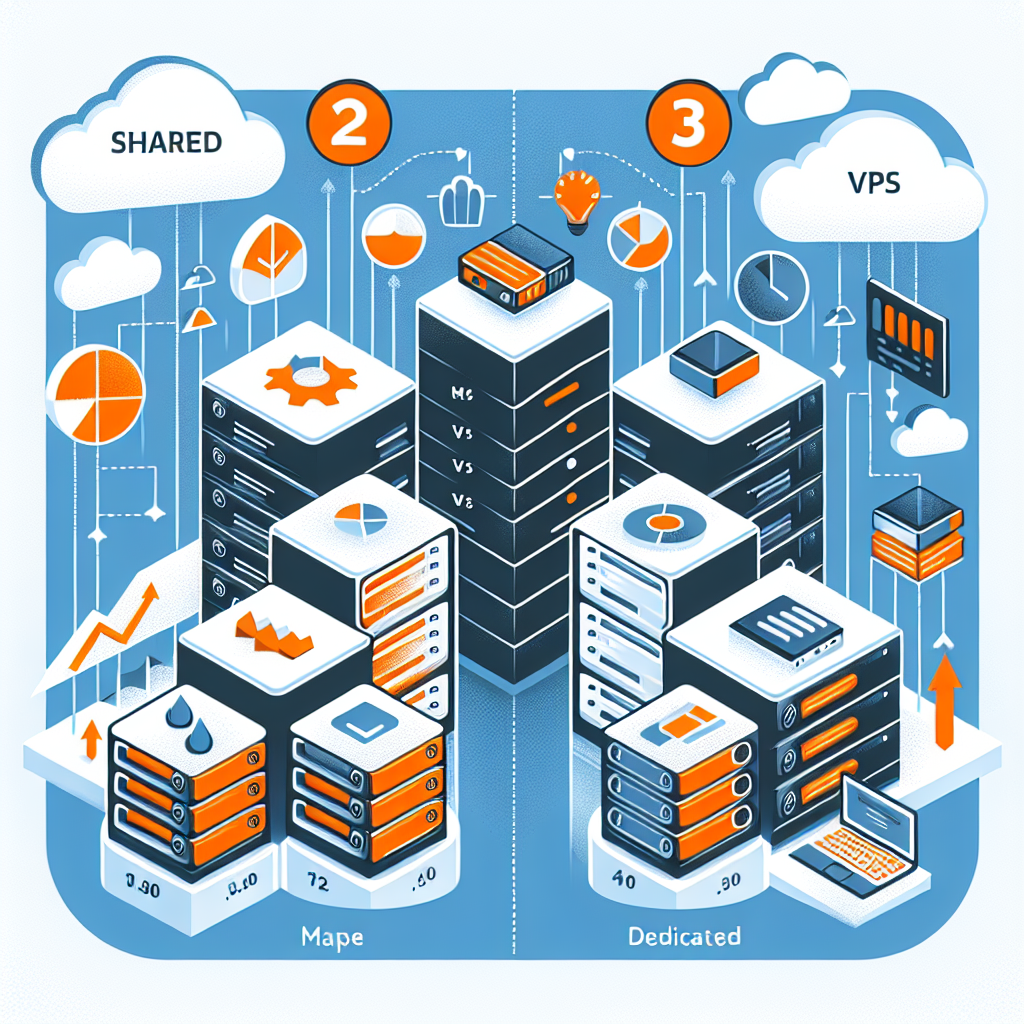Magento 2 Hosting: Shared vs. VPS vs. Dedicated vs. Cloud

Magento 2 Hosting: Shared vs. VPS vs. Dedicated vs. Cloud
Choosing the right hosting for your Magento 2 store is like picking the perfect engine for a race car—it determines speed, reliability, and scalability. Whether you're launching a new store or upgrading an existing one, understanding the differences between Shared, VPS, Dedicated, and Cloud hosting will help you make an informed decision.
Let’s break down each option, compare their pros and cons, and see which one fits your Magento 2 store best.
1. Shared Hosting: The Budget-Friendly Starter
What is Shared Hosting?
Shared hosting means your Magento 2 store shares server resources (CPU, RAM, disk space) with other websites. It’s the most affordable option, making it popular among small businesses and startups.
Pros:
- Low Cost: Perfect for stores with low traffic.
- Easy Setup: Most providers offer one-click Magento 2 installations.
- Managed Maintenance: The hosting provider handles server updates and security.
Cons:
- Limited Resources: High traffic can slow down your store.
- Security Risks: If another site on the server gets hacked, yours could be affected.
- No Root Access: Limited customization options.
Best For: Small stores with low traffic (under 10,000 visitors/month).
Example Setup (cPanel):
# Installing Magento 2 via Softaculous (common in shared hosting)
1. Log in to cPanel.
2. Find Softaculous Apps Installer.
3. Search for "Magento" and click Install.
4. Fill in store details, admin credentials, and database settings.
5. Click Install.
2. VPS Hosting: The Balanced Upgrade
What is VPS Hosting?
Virtual Private Server (VPS) hosting gives you a dedicated portion of a physical server. It’s like having your own apartment in a building—more privacy and resources than shared hosting.
Pros:
- Better Performance: Dedicated RAM and CPU for your store.
- Root Access: Full control over server configurations.
- Scalability: Easily upgrade resources as your store grows.
Cons:
- More Expensive: Higher cost than shared hosting.
- Technical Knowledge Needed: Requires basic server management skills.
Best For: Medium-sized stores (10,000–50,000 visitors/month).
Example Setup (Ubuntu VPS):
# Installing Magento 2 on a VPS (Ubuntu + Nginx)
1. SSH into your VPS:
ssh root@your-server-ip
2. Update packages:
sudo apt update && sudo apt upgrade -y
3. Install LEMP stack (Nginx, MySQL, PHP):
sudo apt install nginx mysql-server php-fpm php-mysql php-curl php-gd php-intl php-mbstring php-soap php-xml php-zip php-bcmath
4. Configure Nginx for Magento 2 (edit /etc/nginx/sites-available/magento)
5. Download and install Magento 2 via Composer:
composer create-project --repository-url=https://repo.magento.com/ magento/project-community-edition /var/www/magento
3. Dedicated Hosting: The Powerhouse
What is Dedicated Hosting?
With dedicated hosting, you get an entire physical server for your Magento 2 store. No sharing, no compromises—just raw power.
Pros:
- Maximum Performance: Full server resources for your store.
- High Security: Isolated from other websites.
- Customization: Complete control over hardware and software.
Cons:
- Expensive: High monthly costs.
- Requires Expertise: Need a sysadmin or managed service.
Best For: Large stores with high traffic (50,000+ visitors/month).
Example Optimization:
# Tuning MySQL for Magento 2 on Dedicated Server
1. Edit MySQL config (/etc/mysql/my.cnf):
[mysqld]
innodb_buffer_pool_size = 4G (adjust based on RAM)
innodb_log_file_size = 256M
query_cache_size = 64M
2. Restart MySQL:
sudo systemctl restart mysql
4. Cloud Hosting: The Scalable Future
What is Cloud Hosting?
Cloud hosting uses a network of virtual servers (like AWS, Google Cloud, or Azure) to host your Magento 2 store. Resources scale automatically based on demand.
Pros:
- Elastic Scalability: Handle traffic spikes effortlessly.
- High Availability: No single point of failure.
- Pay-as-You-Go: Only pay for what you use.
Cons:
- Complex Setup: Requires cloud expertise.
- Cost Variability: Bills can spike during high traffic.
Best For: Fast-growing stores with unpredictable traffic.
Example (AWS Elastic Beanstalk for Magento 2):
# Deploying Magento 2 on AWS
1. Set up an RDS MySQL instance.
2. Create an Elastic Beanstalk environment (PHP).
3. Configure environment variables (database, cache, etc.).
4. Deploy via Git:
git aws.push
Which One Should You Choose?
Quick Comparison:
| Hosting Type | Cost | Performance | Scalability | Security |
|---|---|---|---|---|
| Shared | Low ($5–$20/month) | Low | Limited | Basic |
| VPS | Medium ($30–$100/month) | Good | Moderate | Better |
| Dedicated | High ($150+/month) | Excellent | Manual | High |
| Cloud | Variable ($50–$500+) | Excellent | Automatic | High |
Final Thoughts
If you're just starting, shared hosting is a cost-effective way to test the waters. Once your store grows, upgrading to VPS ensures better performance. For large enterprises, dedicated servers offer unmatched power, while cloud hosting provides flexibility for unpredictable growth.
At Magefine, we specialize in Magento 2 hosting solutions tailored to your needs. Whether you need a simple shared setup or a high-performance cloud environment, we’ve got you covered!
Got questions? Drop them in the comments—we’d love to help!





